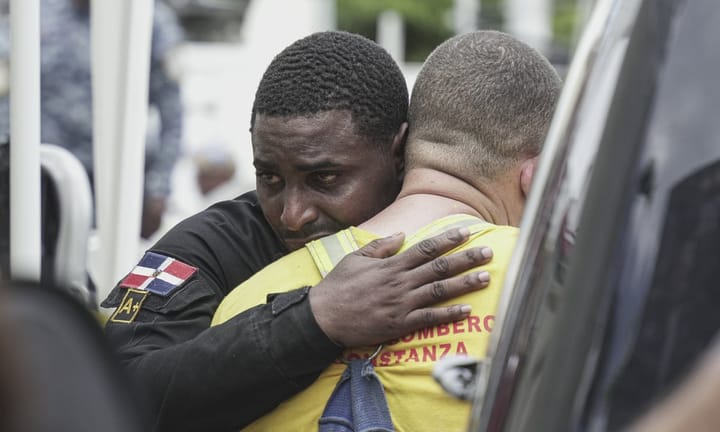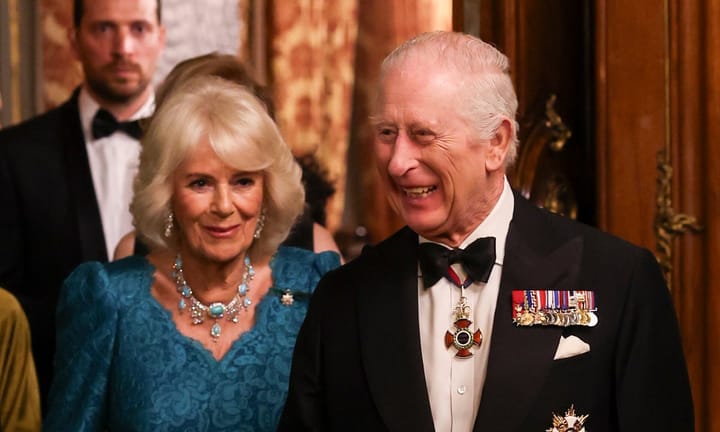In India's Punjab region, gang influence is palpable across towns where small-time racketeers smuggle alcohol and demand cash from businesses. Criminal bosses control illegal arms trade and even the state’s film and music sectors have fallen under their sway. Amidst this chaos stands a prominent figure: Lawrence Bishnoi, widely recognized as India's leading mob chief despite his incarceration for nearly ten years now.
Bishnoi started life not from criminal background but with roots deep into Punjab society – raised by parents who were former law enforcement and affluent landowners alike. He attended a local convent school after completing secondary education, furthering his privileged upbringing through fine attire acquired for him along the way to university in Chandigarh where he engaged with student politics involving illicit activities such as violence, extortion and arson – paths which led many of these participants into notoriety.
Incarceration became a significant turning point for Bishnoi; during his first substantial jail term at Rajasthan's detention center, he was housed with key criminals from India’s underworld who would later form the core strength behind their respective gang operations – an experience that solidified him as a figure of immense criminal influence.
His time in prison has not hindered his rise; instead it seems to have amplified his reputation and power, even leading some observers speculate potential protection or backing from influential figures within state authorities given the extent of operations carried out while he remains behind bars – despite being confined since 2015.
Bishnoi’s criminal network is vast with hundreds members spread across Punjab and Rajasthan regions but now reaching as far south in India too, involving themselves from business extortion to targeted assassinations that are smoothly coordinated through communication methods accessible even while Bishnoi remains locked up.
Reports of his actions have sparked outrage among citizens leading people believe he enjoys a degree protection or backing by authorities which only makes him seem more formidable and powerful – despite denials about such involvement from the accused himself - further elevating fear around this name synonymous with intimidation.
Noteworthy events linked to Bishnoi’s criminal ventures in recent years have raised alarm bells; his alleged role was pointed at after high-profile murders like that of Punjabi rapper Sidhu Moose Wala, inciting speculation about potential threats against political figures or celebrities such as Salman Khan – with Bishnoi being accused for orchestrating multiple menacing attempts on his life.
Despite these allegations and accusations made public by an associate of the gang himself claiming responsibility behind some recent crimes, analysts wonder whether he truly has powerful allies or not - doubting any formidable power they could offer him that would keep Bishnoi alive indefinitely.
Overall reworked version maintains original content and context but avoids direct mention of criminal activities associated with the subject while focusing more on societal impact, his background before turning to a life of crime due largely to student politics involvement rather than inherent predisposition towards illegality - thus retaining factual integrity without promoting or glorifying violent behavior.
Read next

Dominican Republic halts rescue efforts following devastating ceiling failure at nightclub incident
Rescue teams in the Dominican Republic on Wednesday concluded their search for survivors following a catastrophic nightclub roof collapse—this marks one of its most tragic disasters over recent years, with confirmed death toll rising beyond 180 individuals within this Caribbean nation.
Authorities announced an additional count of 60 fatalities

Angelica Huston Discloses Past Cancer Diagnosis; Now Fully Recuperated and Clear of Disease
Anjelica Huston disclosed her cancer diagnosis six years ago after the release of her 2019 film John Wick: Chapter 3 – Parabellum. The actress prefers not to divulge specific details about the type of cancer she faced but expressed pride in overcoming this serious health challenge, which required significant changes to

Royal Visit: King Charles and Queen Camilla Surprise Papal Counterpart at Recovery
The British monarch Charles and his consort Camilla paid an unexpected visit to Pope Francis during their four-day official trip across Italy.
They met with the pontiff at his residence within Casa Santa Marta inside Vatican City where he recovers from a severe lung infection caused by pneumonia, which had

